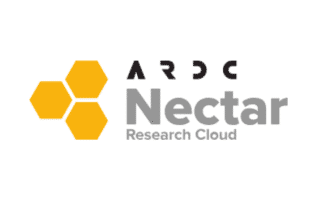Everybody uses computers but desktop machines only go so far. If your overnight compute jobs run into the next day, if your research waits for a weekend to run, if your computer is limiting the progress of your research, then cloud and supercomputing options may be the solution.
Time offers big platforms for computing. Researchers and customers can choose between parallel processing for maximum performance, cloud computing for horizontal scale, or dedicated hosting for domain-specific applications.
The fabric of Time is connected by optical fibre to Australia’s Academic and Research Network (AARNet.edu.au) the not-for-profit company that operates the National Research and Education Network (NREN). This means Time travel is optimally fast to critical eResearch infrastructures such as high-performance computing clusters magnus.pawsey.org.au and raijin.nci.org.au, other AeRO.edu.au organisations, medical research and clinical facilities, and every Australian university campus.
AARNet operates dedicated international fibre and interconnects as a peer of Internet2 in the USA, TEIN in Asia and GÉANT in Europe. Because AARNet also connects directly to commercial organisations and telecommunications companies, rapid transit is also possible between Time, Space and Google, Amazon, Microsoft, Telstra, Optus and more.
Intersect understands that there is no such thing as an ‘average’ workload when it comes to flavour and volume of big computing, so no one solution fits all. A physicist may need a large cluster of independent nodes with high I/O, a computational linguist may need a large shared memory space, and an astronomer may need a massively parallel compute array. Collaboration tools may be the mainstream driver for a social scientist, while an archaeologist needs geocoding.
Intersect specialists are flexible and ready to help solve individual, team, and organisational compute challenges!



